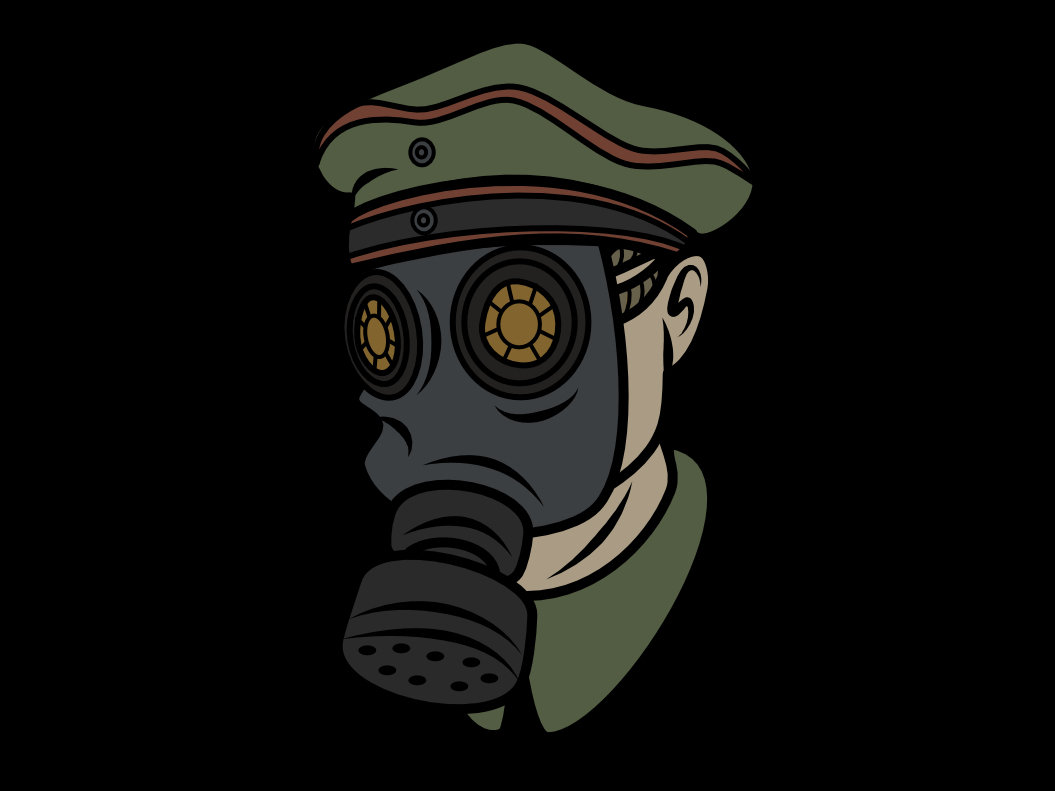

Heavier than air and thus suitable for striking enemy troops inside their trenches, chlorine held the promise of not only killing enemy combatants but also incapacitating their “conventional” weapons by corrosion. To this end, Fritz Haber, who had meanwhile become, along with Emil Fischer, a member of Falkenhayn’s chemical warfare committee and was privy to the failure of T- Stoff, proposed the use of chlorine as a chemical weapon. At that point, von Falkenhayn decided to take his gloves off, abandon the “smelly stuff” and make use of lethal chemicals (substances that “incapacitate permanently,” as he put it) in order to break the stalemate of trench warfare (Martinetz 1996, 18). It was promptly used at the Eastern front, near Lodz, in cold weather with little or no effect due to its low vapor pressure at low ambient temperatures.

Hans Tappen proposed to fill artillery shells with the lachrymator xylyl bromide, hence dubbed T- Stoff, that was first tested in January 1915. 1, turned for help to his brother Hans Tappen, a chemist trained by Emil Fischer. In response to the Ni- Stoff fiasco, Gerhard Tappen of the OHL, see Fig. The brainchild of the fledgling chemical warfare committee was the ineffective sneezing powder ( Ni- Stoff) that was used amid the hostilities at Neuve-Chapelle already during the same month that the committee was formed. Among the committee members was Fritz Haber’s scientific rival, the physical chemist Walther Nernst, as well as the chemist and industrialist Carl Duisberg-but not Haber himself. In response to Bauer’s proposal-and in the face of the shock of the Battle of the Marne Footnote 1-von Falkenhayn promptly established a committee comprised of scientists, industrialists and military officers, to assess the suitability and availability of various chemicals as weapons (Szöllösi-Janze 1998, 321–332 and references cited therein). 1, who proposed to OHL’s Chief, Erich von Falkenhayn, already in September 1914, to consider the use of chemical weapons in trench combat (Haber 1924, 85). On the German side, it was likely Max Bauer of the Supreme Army Command ( Oberste Heeresleitung, OHL), see Fig. The lingering idea of using chemicals to incapacitate enemy troops had been rekindled by the belligerents in World War I once trench warfare produced a strategic stalemate on the war’s Western front. This article traces in some detail the path from Berlin-Dahlem to the fronts of World War I, lays out the indispensible role of Fritz Haber in German chemical warfare and provides a summary of his views on chemical weapons, which he never renounced. Following the “success” at Ypres, Haber, eager to employ science in resolving the greatest strategic challenge of the war-the stalemate of trench warfare-promptly transformed his Kaiser Wilhelm Institute for Physical Chemistry and Electrochemistry in Berlin-Dahlem into a center for the development of chemical weapons and of protective measures against them. The chlorine cloud attack at Ypres on 22 April 1915 amounted to the first use of a weapon of mass destruction and as such marks a turning point in world history. There is little doubt that Fritz Haber (1868–1934) was the driving force behind the centrally directed development of chemical warfare in Germany, whose use during World War I violated international law and elicited both immediate and enduring moral criticism.


 0 kommentar(er)
0 kommentar(er)
